Make Your Own Raised Bed Garden
Make Your Own Raised Bed Garden
Preppers everywhere are learning the value of having a garden. Not only is it far superior to the produce you find in the grocery store, but it can be a big money saver if you do it right. Multiple threats to our food supply are everywhere. Threats like the recent drought may not close the grocery store doors, but it may make fresh vegetables prohibitively expensive for many consumers. Fragile supply chains also threaten food security. Wars and political instability in the middle east can set off an oil crisis which could send the price of everything through the roof. Prices are subject to the fuel expenses associated with moving those items. Very few items are locally grown in any metropolitan area. Growing even the smallest garden can help you have fresh produce available.
In Florida, as with many parts of the country, the soil is sandy and very poor. To combat that, I garden in a raised bed garden. This allows me to compost my yard waste, produce scraps and used coffee grounds into dirt to fill the raised bed garden box. It is simply a bottomless box constructed of wood salvaged from old pallets.
First, I dug up the grass and roots from the area where I plan to set the boxes. I left the grass and sand there, I just want to break it up so roots can get through it if they want. Next, I mixed in some “Use Everywhere” Milorganite fertilizer which sells for $12 for 36lbs at Lowe’s. It is cheap, it has a slow release and it is virtually idiot proof; meaning it is hard to over fertilize with it. My next step is to lay down my box frame which I made 3 feet wide. This allows me to reach to the middle of either side with out stepping in the dirt and compacting it when I weed or harvest. The length is at your discretion or whatever your space will allow. If you are already composting, you can fill it with your homemade dirt. If not, you can buy the dirt the first time and then start composting to keep the dirt replenished and revitalize the nutrient content in the soil.
Placement of the raised bed garden will depend on what you want to grow and when you want to grow it. The photograph I have provided is my small garden that I use in the summer to grow mustard greens and mixed field greens. They cannot tolerate the hot Florida summer sun, so I grow them in the shade of a large tree. I have two more garden boxes that I use in the late fall through early spring to grow broccoli, tomatoes, peppers, green beans, mustard greens, mixed field greens and cabbage. They are about 15 feet long each and are in the sunniest part of my yard. Winter is the best growing season for me, here in South Florida.
Below is the same bed 1 week later. The mixed field greens and mustard greens are starting to grow. I prefer mustard greens over collard greens as they are much more tender. They will cook in a fraction of the time that collard greens will, which would be a big plus in a grid down scenario where fuel efficiency is very important. They can also be eaten raw but are a little spicy. Mixed field greens are best when eaten raw.
Other places that can benefit from raised bed gardens are low lying areas. Those areas can hold too much water and rot the roots of your vegetables. A raised bed garden will keep the excess water drained off and promote a healthier crop. Here is a great link to find information on gardening. Even if you just grow 3 tomato plants or 1 basil plant you will get a great feeling of accomplishment from producing your own food.
Happy prepping!


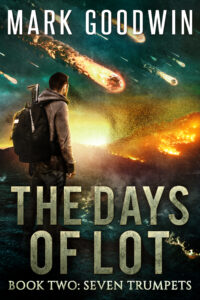
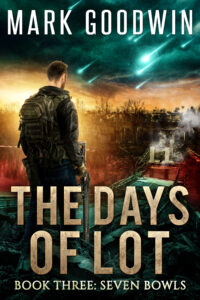



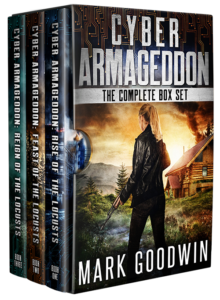






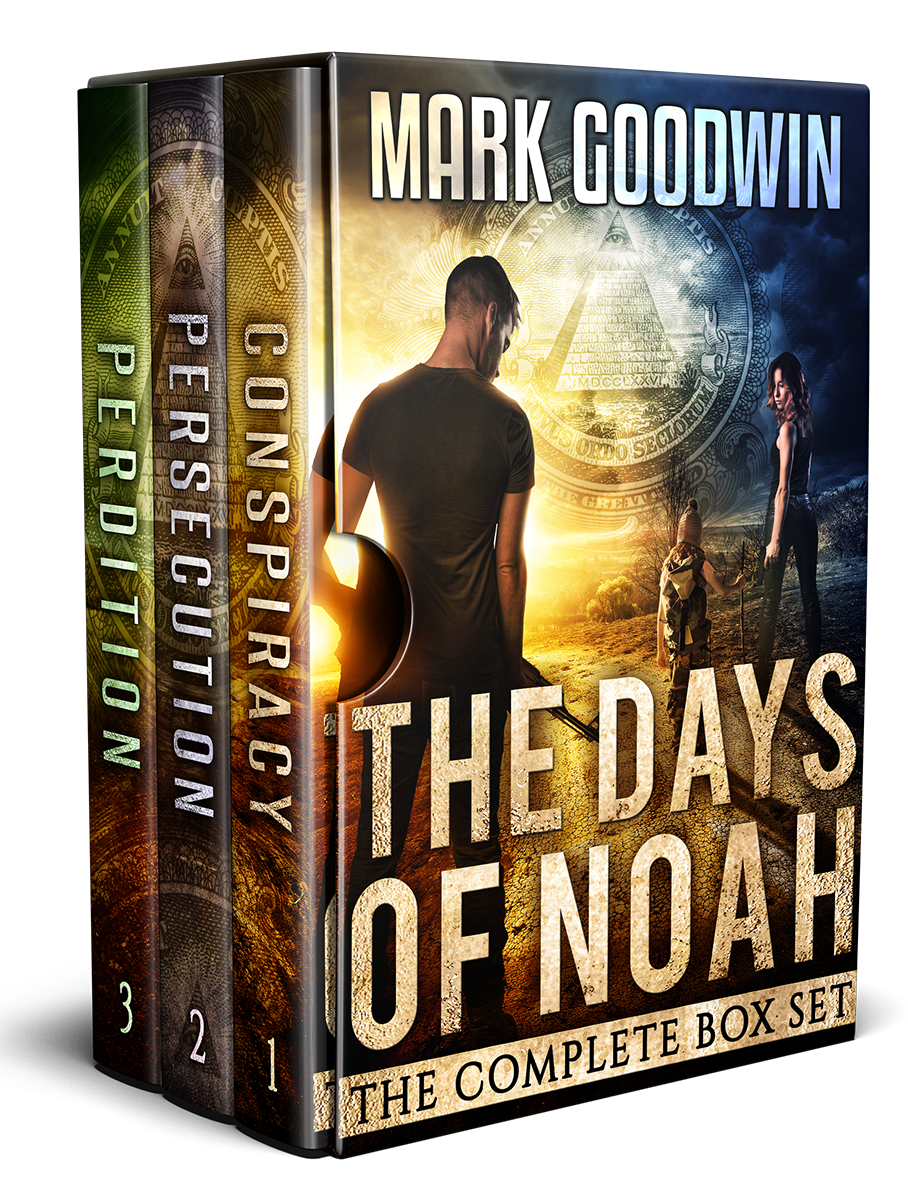

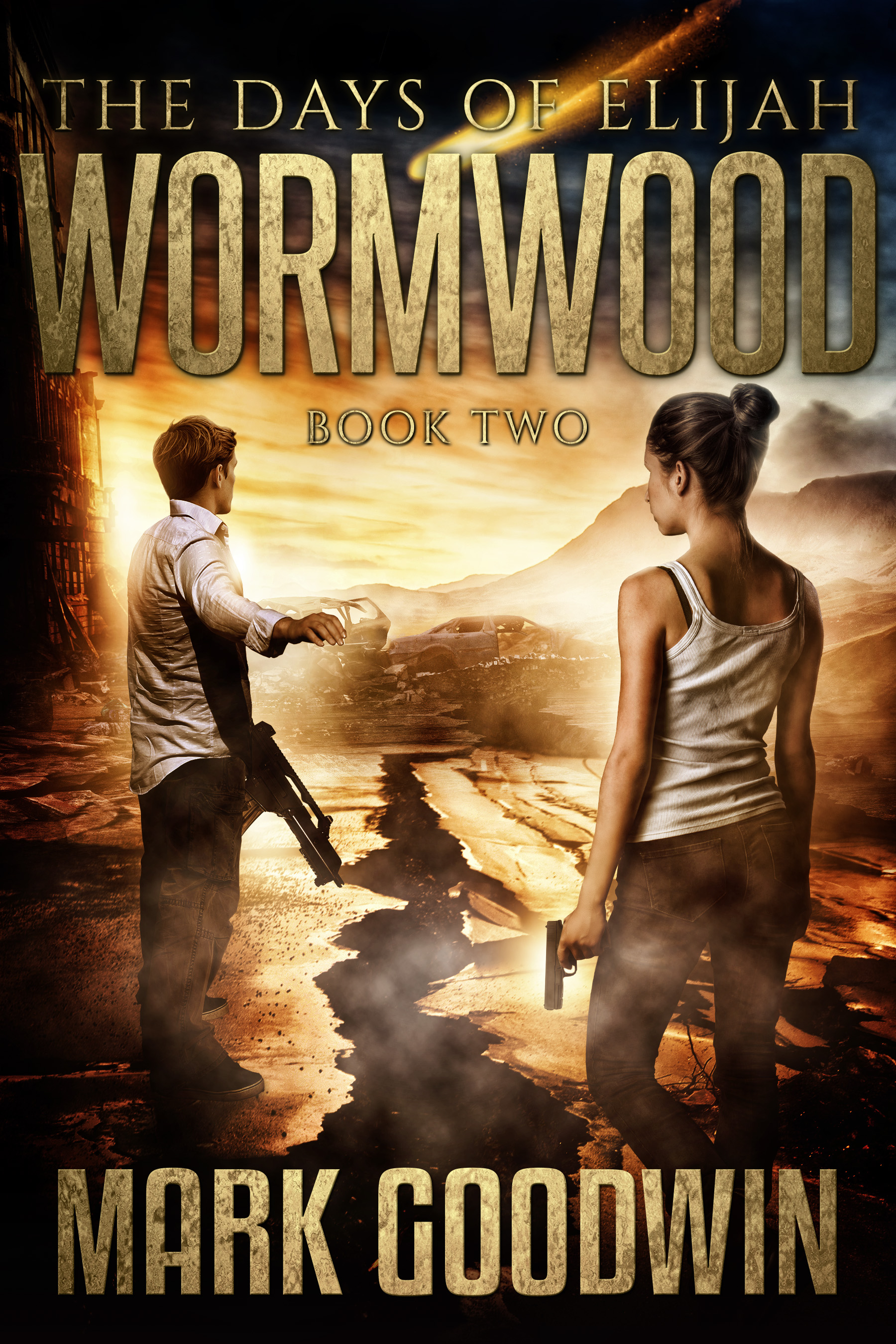



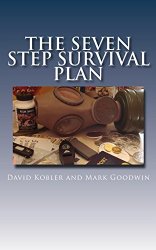




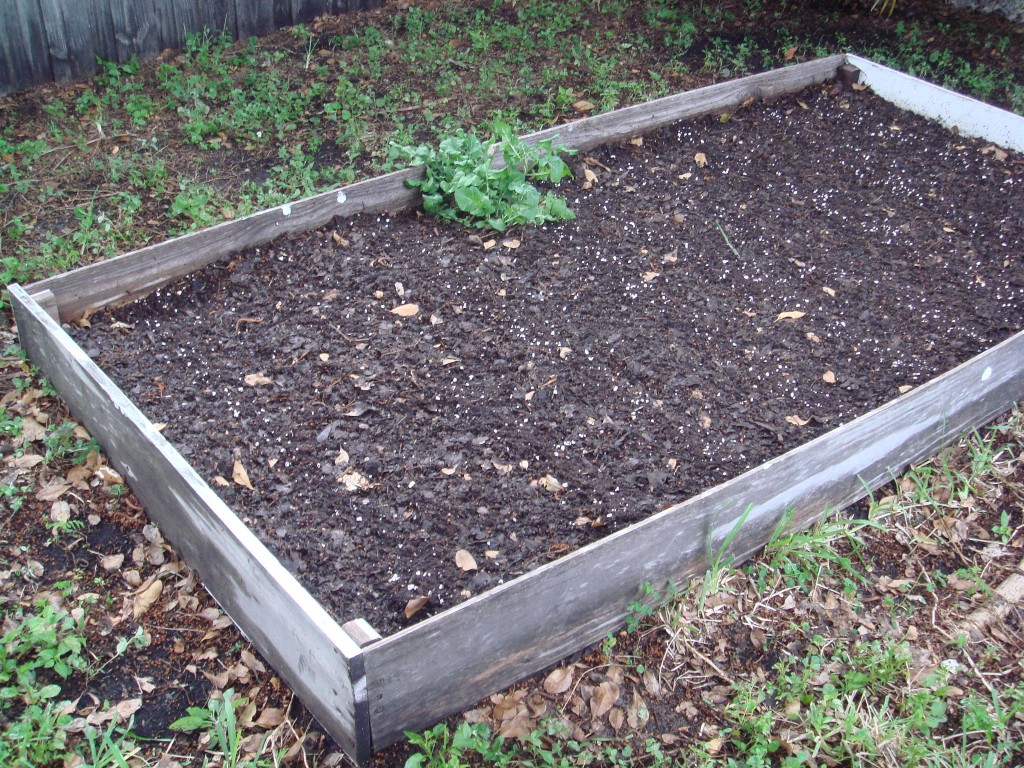
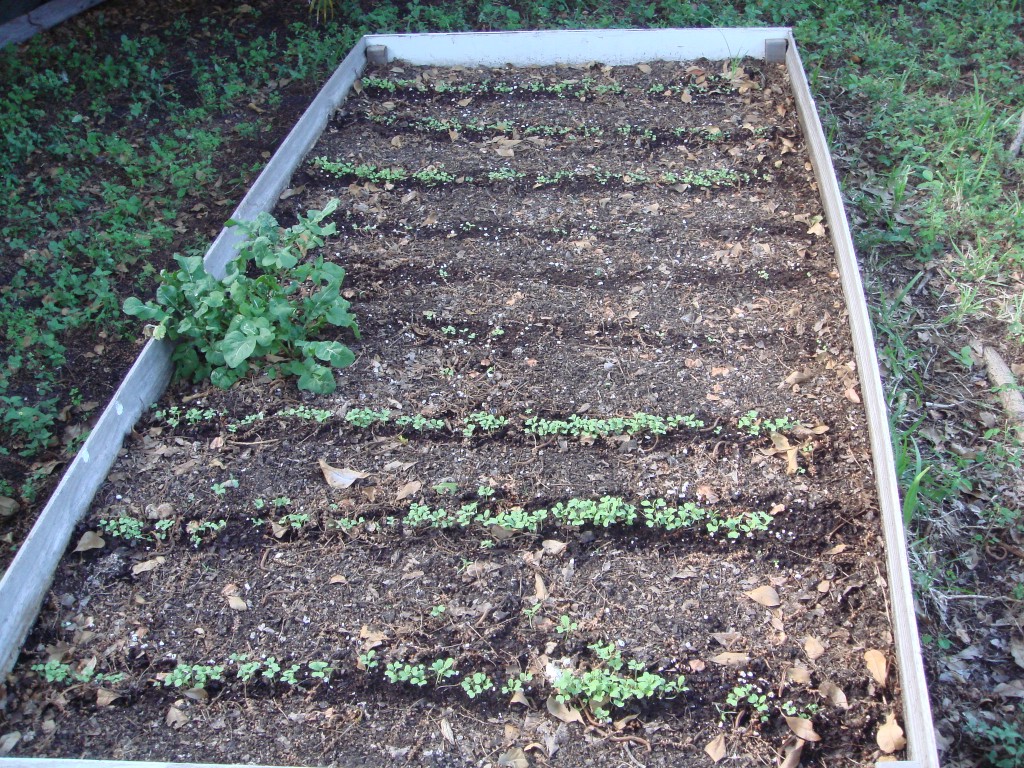














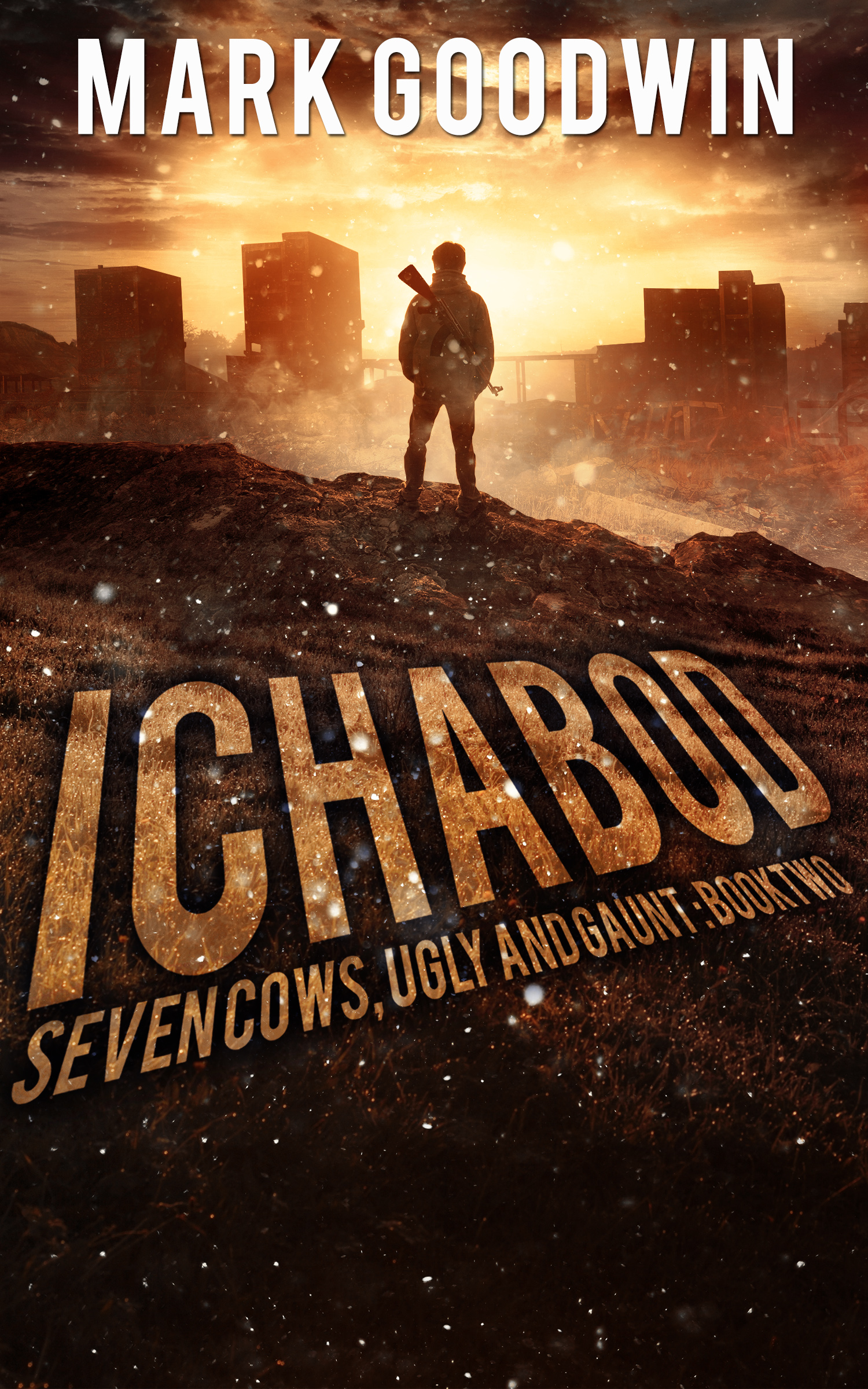





You’re exactly right with the sense of accomplishment. Over the summer we experimented with okra and pole beans. The yield was tremendous and the fried okra is amazing!